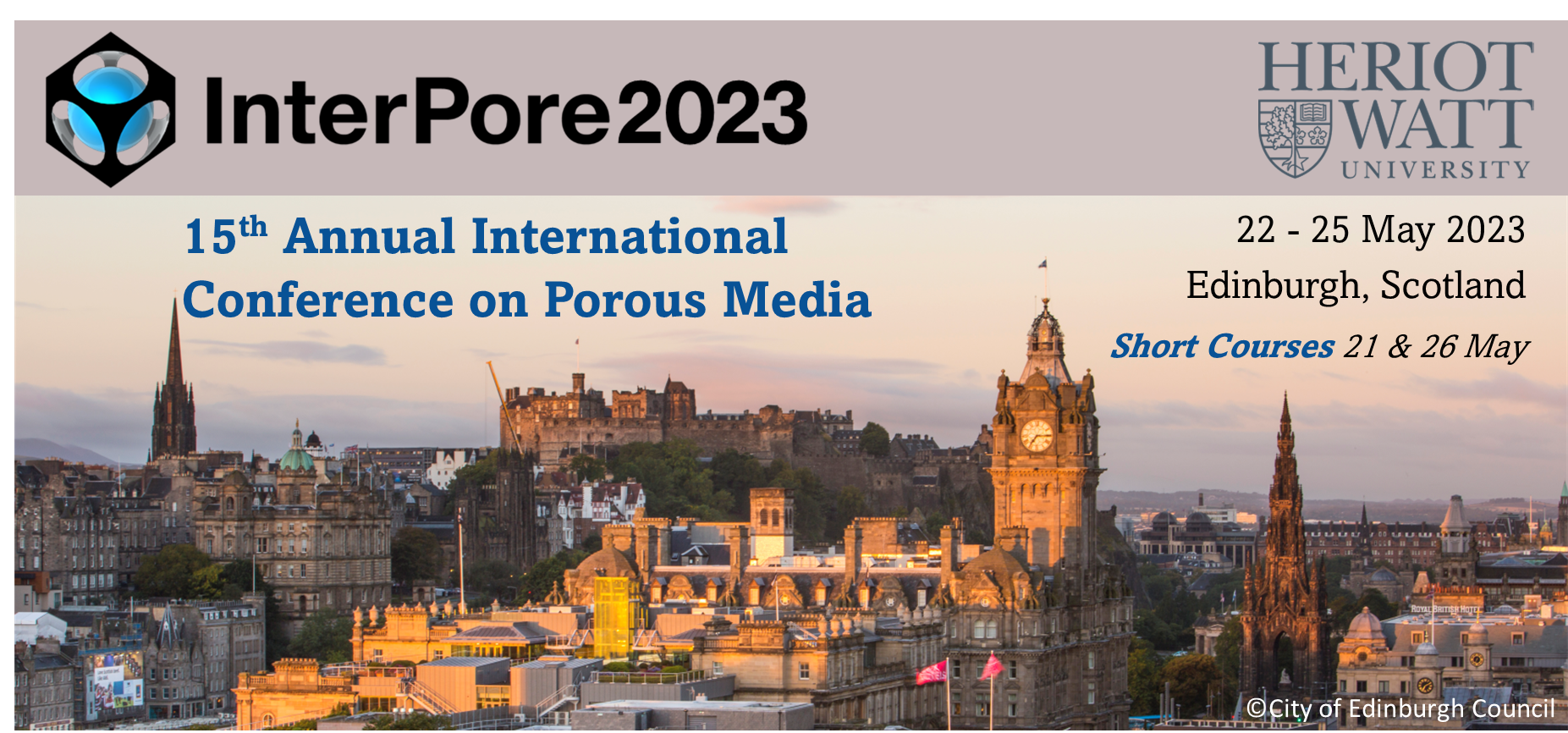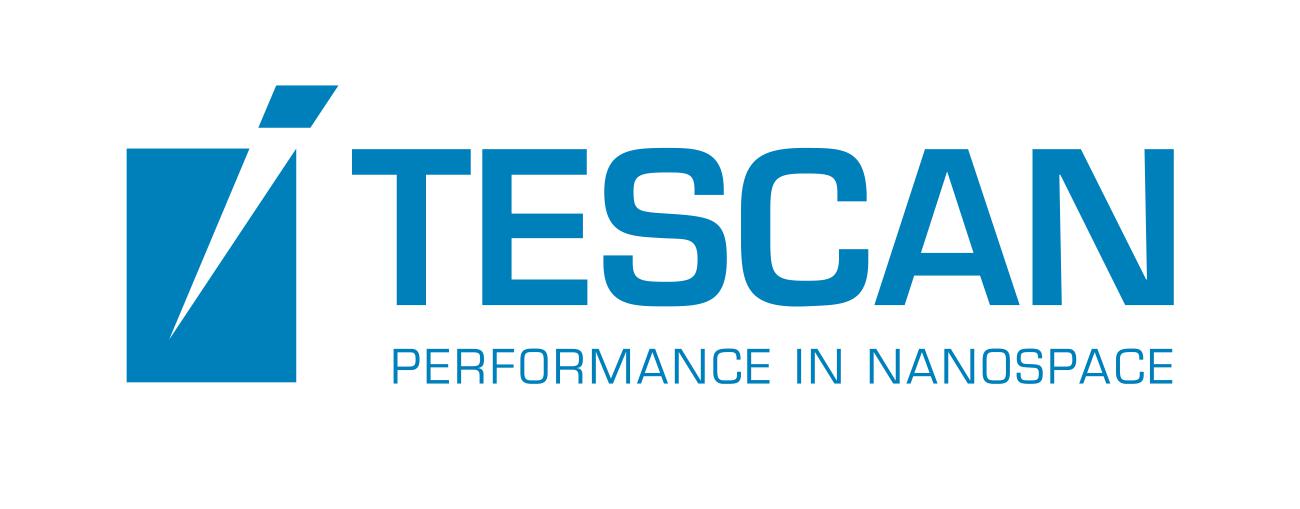Speaker
Description
Porosity and permeability are vital reservoir parameters for predicting CO2 storage capacity and CO2 plume migration during CO2 storage. Apart from conventional routine core analysis (RCA) method, digital core analysis (DCA) can be applied to characterise the petrophysical and geological properties. With the advancement of computed-tomography equipment development and breakthrough in computational processing time, DCA applications can be improved using high resolution scanning combined with pore scale simulation in rock samples with single-scale porosities. However, carbonate reservoir samples are often multiscale, and therefore regardless of how sophisticated the scanning equipment, less than 1% by volume of a rock sample can be imaged at the smallest scale due to the trade-off between resolution and field of view. It is thus necessary to intelligently extract the most important features of these different scale images and combine them in a upscaled image for accurate modelling.
In this paper, we present an upscaling proof-of-concept that combines experimental scanning, sub-volume extractions, machine learning regression analysis and pore-scale simulations. A CO2 storage carbonate sample was scanned using micro-computed tomography (micro-CT), SEM and synchrotron light source to understand the pore scale structure in carbonate samples at different length scales. The images were divided into smaller sub-volumes and permeability was computed and compared between the Darcy-Brinkman-Stokes (DBS) model using our in-house open-source pore scale simulator, GeoChemFoam and a commercial pore network model. A porosity-permeability relationship was first established at smaller scale. Then, the structural attributes of bigger scale sub-volumes were extracted and regressed to generate an upscaled porosity-permeability relationship. In addition, sensitivity studies were conducted to identify the optimised sub-volume size at different scales so that enough information can be captured in both the nano and micron scale porosity structures for regression analysis to quantify the properties influencing flow and create an accurate upscaled model. In this study, we found that machine learning regression is an effective technique to upscale multiscale carbonate from pore scale to micro scale. However, an appropriate choice of feature vectors especially the connectivity information is the most important feature to be included in the models. The choice of representative sub-volume size must be carefully considered during the machine learning upscaling study in order to capture sufficient structural heterogeneity to characterise different range of flow heterogeneities in the rock.
| Participation | In-Person |
|---|---|
| Country | Malaysia |
| MDPI Energies Student Poster Award | No, do not submit my presenation for the student posters award. |
| Acceptance of the Terms & Conditions | Click here to agree |







